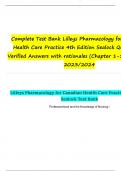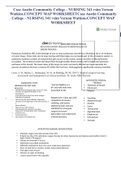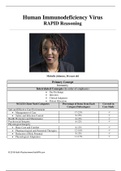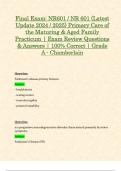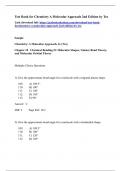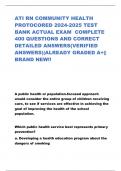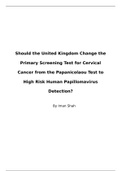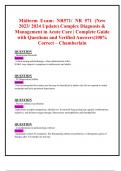Exam (elaborations)
Test Bank Lilleys Pharmacology for Canadian Health Care Practice 4th Edition Sealock Questions & Verified Answers with rationales (Chapter 1-58) Updated 2023/2024
- Course
- Institution
Test Bank Lilleys Pharmacology for Canadian Health Care Practice 4th Edition Sealock Questions & Verified Answers with rationales (Chapter 1-58) Updated 2023/2024
[Show more]
